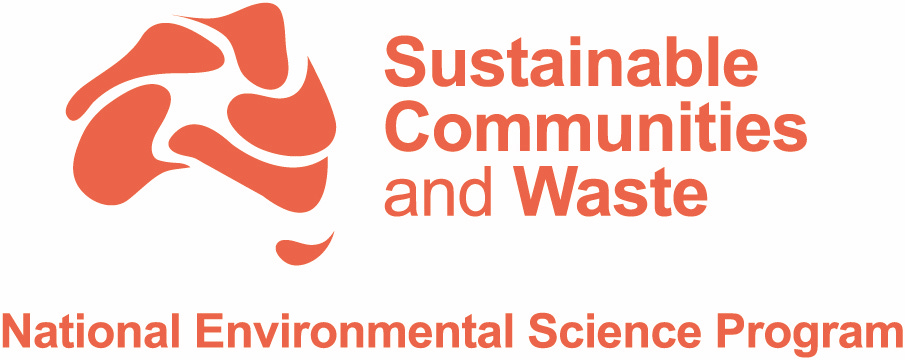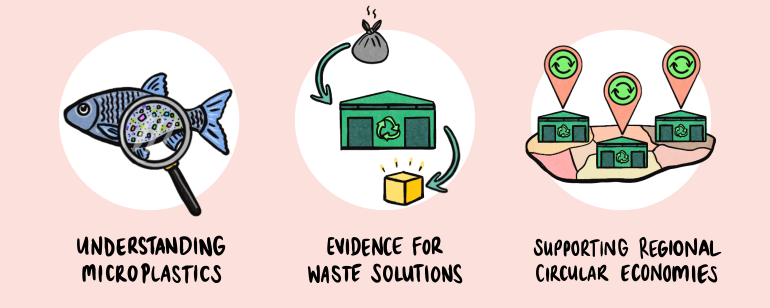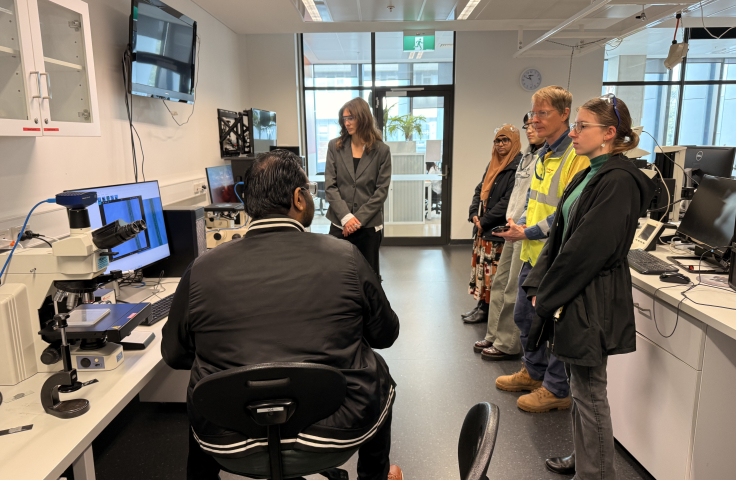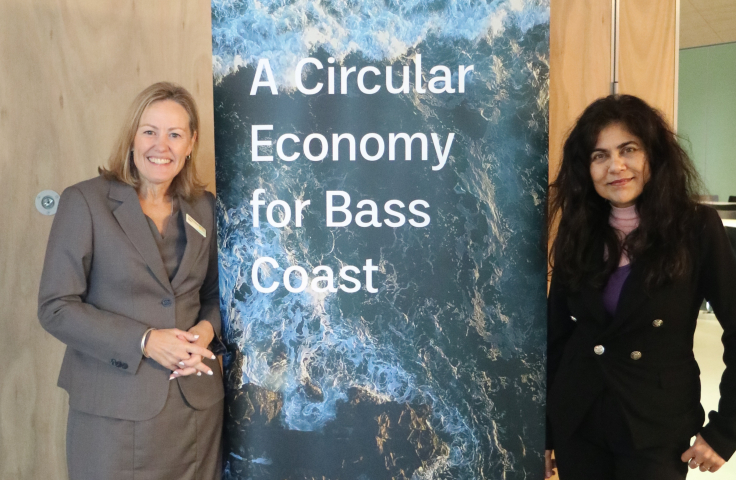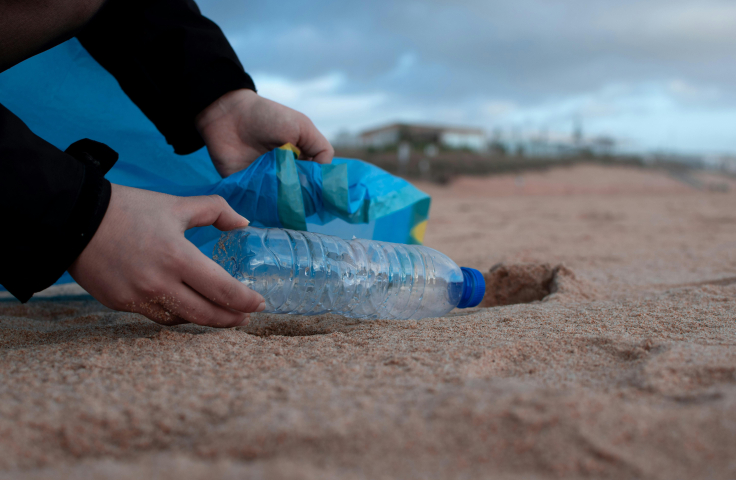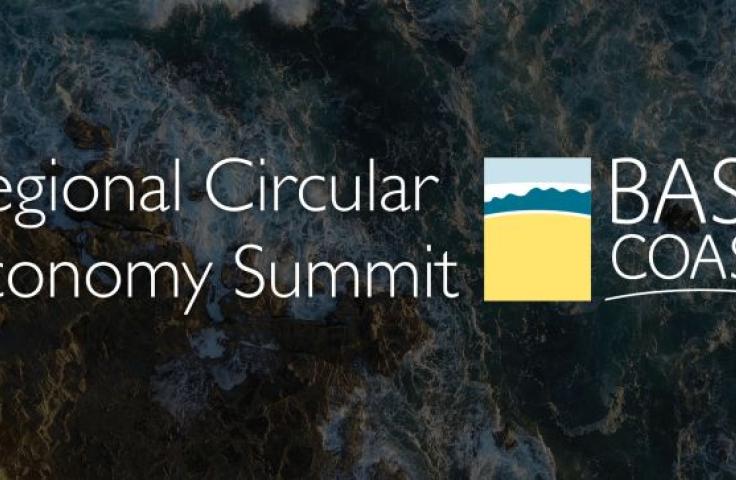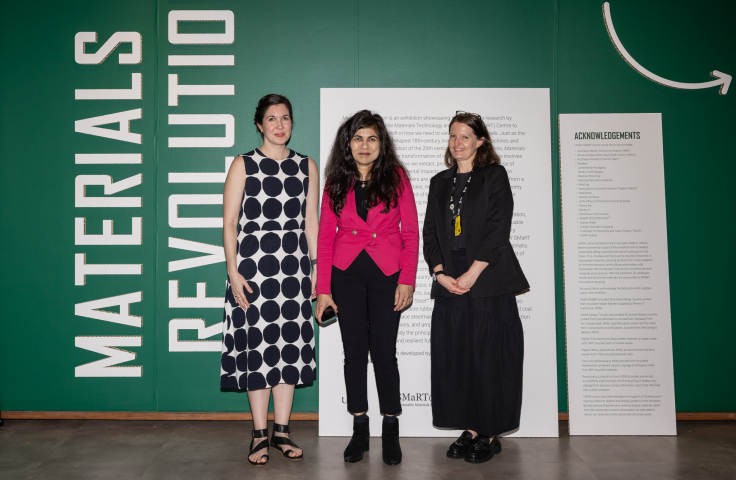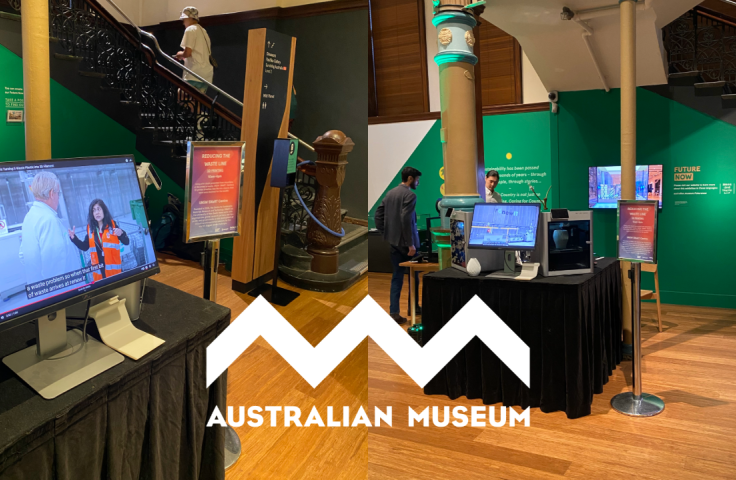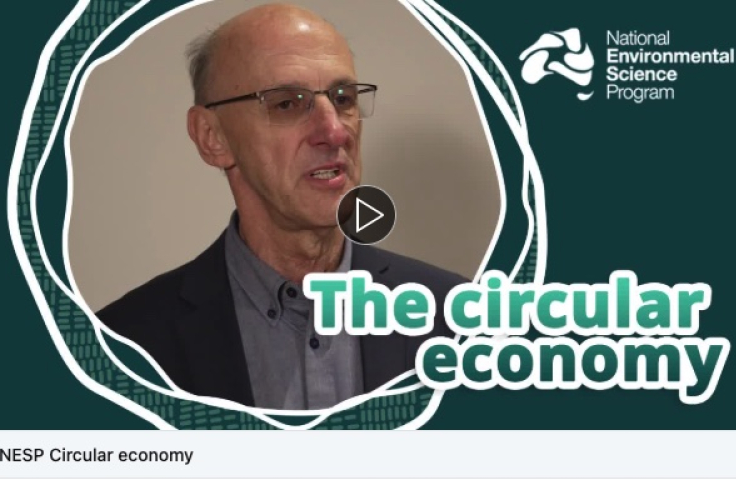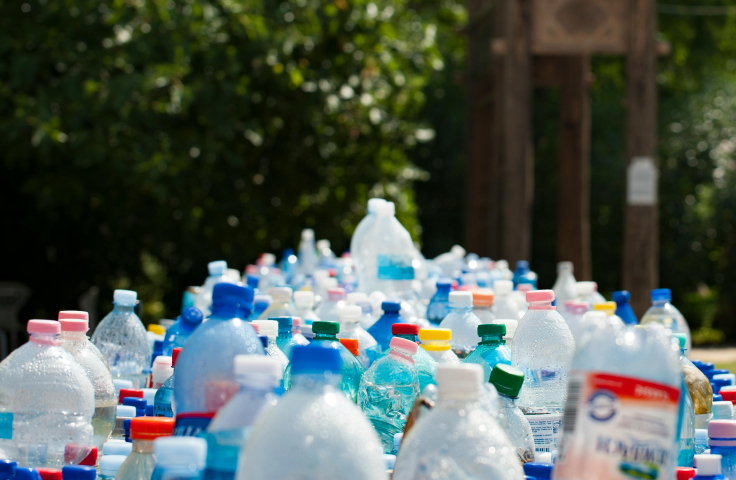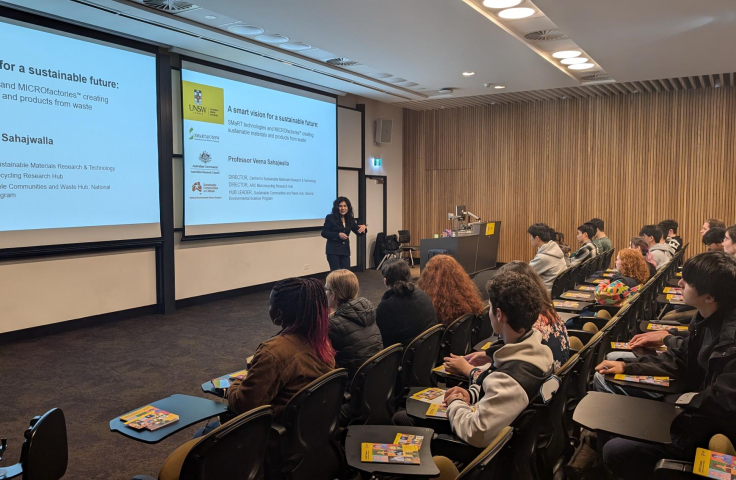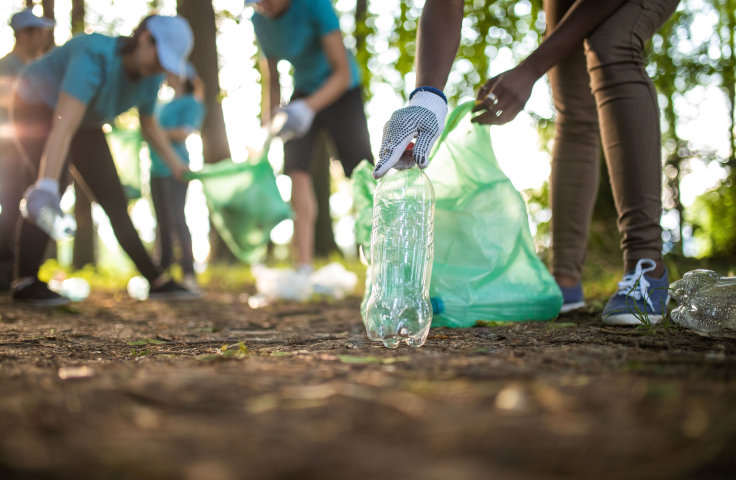Managing plastic and other waste materials is a growing challenge for governments, businesses and communities. Impact Priority 2 (IP2) supports evidence-based solutions to reduce waste, improve resource recovery and minimise environmental harm. This research informs policy, industry best practices and community engagement to drive meaningful change. Our research is focused on two key areas:
Understanding where microplastics come from, how they move through the environment, and how to reduce their impact.
Why?
Microplastics are now found everywhere—from remote environments to the food we eat. Understanding their sources, pathways, and impacts is essential to designing effective strategies to reduce pollution and protect ecosystems.
Who?
Project leads:
- Prof Veena Sahajwalla AO, UNSW Sydney
- Dr Rumana Hossain, UNSW Sydney
Project team:
Prof Veena Sahajwalla AO, UNSW Sydney
Dr Rumana Hossain, UNSW Sydney
- Sofia Payel, UNSW Sydney
- Asiyeh Kheradmand, UNSW Sydney
What?
This project focuses on:
- Tracking microplastic pollution – Identifying key sources such as tyres, textiles, and packaging.
- Understanding pathways – Investigating how microplastics move through air, water, and soil.
- Citizen science and education – Engaging schools and communities in monitoring and reducing microplastic pollution.
- Supporting policy and industry action – Providing evidence to inform better product design and regulation.
What’s coming?
- Results from new microplastic tracking studies.
- Educational tools and resources for schools and communities.
- A web tool to help stakeholders understand microplastic sources and solutions.
- Recommendations for reducing microplastic pollution through policy and industry change.
Project outputs:
Progress Report: Understanding Microplastics (May 2025)
Factsheet: Synthetic Turf Microplastics (Mar 2025)
Report: Synthetic Turf Microplastics (Mar 2025)
Factsheet: Investigating Tyre and Road Wear Particles (Feb 2025)
Report: Investigating Tyre and Road Wear Particles (Feb 2025)
Factsheet: Selecting sites for Microplastic Sampling (Feb 2025)
Report: Selecting Sites for Microplastic Sampling and Analysis (Jan 2025)
Factsheets: Tackling Ghost Nets and Marine Debris with Indigenous Rangers (Aug 2024)
Initial Report: Microplastics from Road and Tyre Dust (Oct 2024)
Supporting local councils and industries in developing practical circular economy opportunities for managing waste more effectively.
Why?
Regional and remote areas face unique waste management challenges, from limited recycling infrastructure to market barriers for recovered materials. By supporting circular economy solutions, we can help communities reduce waste, create local jobs, and improve resource recovery.
Who?
Project leads:
- Prof Veena Sahajwalla AO, UNSW Sydney
- Dr Rumana Hossain, UNSW Sydney
Project team:
- Prof Veena Sahajwalla AO, UNSW Sydney
- Dr Rumana Hossain, UNSW Sydney
- Anirban Ghose, Polymaya Pty Ltd
- Dr Heriyanto, UNSW Sydney
- Ayub Ali, UNSW Sydney
What?
This project explores:
- Improving waste terminology and knowledge – Making circular economy concepts more accessible to local councils, businesses, and communities.
- Case studies of successful circular economy initiatives – Showcasing what works and why.
- Connecting stakeholders – Supporting collaboration between councils, industry, and government to drive practical solutions.
- Policy and regulatory support – Providing evidence to help shape effective waste management policies.
What’s coming?
- A plain-language guide to circular economy principles for councils and businesses.
- Case studies highlighting successful waste reduction and recovery initiatives.
- A curated Q&A forum answering real-world stakeholder questions.
- Visual tools and videos explaining circular economy solutions.
Project outputs:
Report: Indian Ocean Territories case study report (Mar 2025)
Factsheet: Understanding and Defining Regional and Remote Areas (Feb 2025)
Report: Understanding and Defining Regional and Remote Areas (Jan 2025)
Report: Technical Survey for the Development of a Technology Road Map (Oct 2024)
Exploring the environmental risks of using plastic-reinforced concrete in artificial reefs.
Why?
Plastic fibres are increasingly used in concrete reef modules, but little is known about their long-term environmental impacts. This project reviewed current science and gathered expert insights to inform safer reef design and policy.
Who?
Project team:
- Anissa Lawrence, TierraMar
- Dr Raymond Nias, TierraMar
- Jessica Nias, TierraMar
What?
- Investigated how plastic fibres degrade and leach chemicals in marine environments.
- Reviewed alternatives like hemp, mussel shells and ceramics.
- Informed permitting processes and monitoring frameworks.
Project outputs:
Report: Environmental considerations of plastic-reinforced concrete in artificial reefs
Projects are approved via whole of Hub annual research plans each year.
IP2 2025 research projects from Research Plan 2025.
IP2 2024 research projects from Research Plan 2024.
IP2 2023 research projects from Research Plan 2023.
